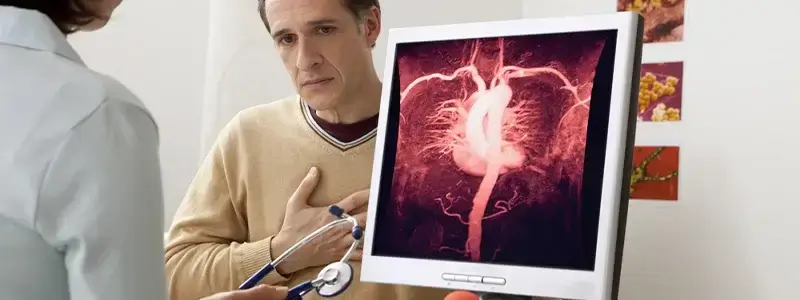Balloon angioplasty-stent and other procedures used to open coronary vessels by entering through a vein through the skin without surgery are called “percutaneous coronary intervention” (PCI). About 1/3 of coronary heart patients are treated with PCI.
Coronary Balloon Angioplasty is a treatment attempt to open the narrowed or occluded vessel by continuing the procedure in the same session or in a later session for patients who have decided to apply a balloon to their diseased vessel as a result of coronary angiography. Balloon dilatation (balloon expansion) is performed in the cardiac catheterization laboratory by using catheters designed for this procedure, similar to the catheters used in the angiography procedure (thin long, soft plastic tubes).
The first part of the angioplasty procedure is similar to coronary angiography. Under local anesthesia, while awake, stenosis is removed by controlled inflation of a specially designed balloon in the stenosis area in the vessel. When the balloon is inflated, it pushes the plaques against the artery wall. After the balloon is removed, blood flow is restored from the occluded area. The procedure usually takes less than 1 hour and the patient who does not need long-term medication is usually discharged the next day.
Coronary stents have been developed to overcome some of the difficulties encountered in balloon treatment and to provide a better blood flow in the opened vessel and have been widely used since the 90s. Coronary Stent (steel wire cage) is a method used to eliminate these problems in patients whose coronary vessels cannot be opened adequately by balloon treatment and/or in patients with intravascular rupture after balloon operation. Stent; It is placed on the balloon and when the balloon is inflated in the vessel, it is mounted on the inner wall of the vessel. One or more stents may be required, depending on the length of the narrowed area. Within weeks, these stents are covered with an endothelial layer and the stent remains in the vessel wall for life. Over the years, technologically better quality stents have been made, and this intervention has somewhat reduced the need for By-pass surgery. The success rate in balloon and stent application is between 65-99%. Re-narrowing (restenosis) may occur with a probability of 20-30% within a six-month period. In newly introduced drug-coated stents, this probability has decreased to the range of 8-15%. In case of narrowing in the stent, the balloon or stent can be applied again.
After stent placement, the patient can be taken to the coronary intensive care unit. The hospital stay is usually 1-2 days. It is very important to keep the treated leg straight for the first 6-12 hours after the procedure.



















